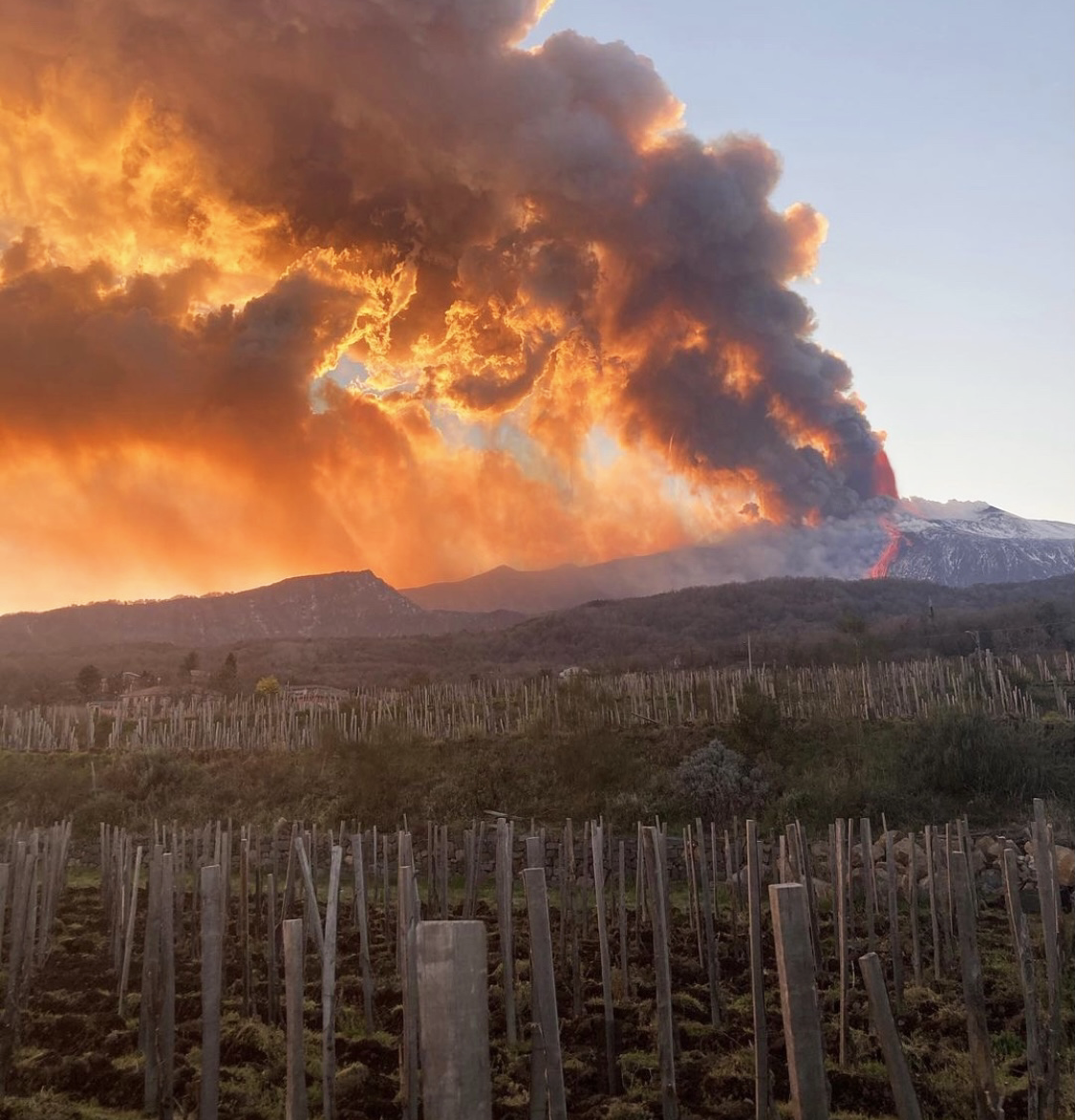
Sicily marches to the beat of its own drum. In addition to being physically detached from Italy’s mainland, the island's unique topography, climatic influences, and slew of indigenous grape varieties set its wine production apart from the rest of the country. From savory whites, to earth-driven reds, to all things sweetly fortified, in the world of Italian wine, the ‘outer borough’ of Sicily will always remain one of our personal favorite regions.
A Bit of Sicilian History
Viticulture in Sicily is no new thing. The island’s rich winemaking history dates back over 2,500 years, with agriculture and viticulture remaining dominating forces within the island’s economy. In addition to grapes, Sicily is also known for its lemon, orange, and tomato farming, as well as its rich olive oil, nut, and local cheese production.
During the 1800s, Sicily’s fortified wine production, specifically from Marsala, shot the island to international renown, earning it a similar status as the wines of Sherry (Jerez) and Madeira (Portugal.) This fame lasted for over a century, followed by a serious downfall in the mid-1900s, due to its unfortunate synonymy with ‘cooking wine.’ Since then, the island has slowly but surely been digging itself out of this misconstrued stereotype, with more wineries than ever focusing on high-quality wine production.
 📸: Benanti
📸: Benanti
Today, Sicily is Italy’s third largest wine producing region, just behind
Veneto and Emilia Romagna. Production focus has dramatically shifted from mediocre fortified wines to earth-driven, terroir-reflective juice, vinified both varietally and in blends. The island is also famous for its Amaro Averna production, as well as its local limoncello bottlings.
Classification System
As with the rest of Italy, Sicily abides by the Denominazione di Origine Controllata (DOC/DOCG) system. The region has 22 DOCs and one single DOCG, Cerasuolo di Vittoria.
Terroir
Of Italy’s 20 regions, Sicily is the most southerly, and is also the largest island in the Mediterranean Sea. The island spans approximately 175 miles east to west and about 60 miles north to south. During the Middle Ages, the island was referred to as Trinacria, meaning ‘triangle,’ due to its physical shape. The island is separated from the rest of Italy by the Strait of Messina, which places just a few miles between the two. Sicily’s overall terrain is extremely hilly, with most of the land intensely cultivated. To the north, an array of mountain ranges dot the border, and to the east, the island’s famed volcano, Mount Etna, sits along the coast. The Hyblaean Mountains line the southern portion of the island, and a handful of smaller islands scatter the island’s perimeter.⠀
Sicily is known for its highly active volcanoes, the most well-known of which is Mt. Etna. The fiery volcano still erupts today, occasionally drenching the island in a blanket of black ash. Because of this, in conjunction with other past/active volcanoes, significant portions of Sicily are characterized by mineral-heavy, ash dominant soils.
 📸:@ivigneri_salvofoti
📸:@ivigneri_salvofoti
Sicily’s abundant sunshine and moderate rainfall are actually both a blessing and a curse to the island’s viticulture. Although these hot and dry climate conditions allow grapes to easily ripen, as well as keep mildew at bay, the vineyards’ quasi-perfect growing conditions do not allow for vines to struggle, which can lead to high-yielding vines with lower quality fruit. To combat this, many winemakers now train their vines in pergola or cane-pruning systems, rather than the classic bush vine method, for the sake of obtaining better quality fruit. In addition, the island’s low disease rate, excellent sea breeze ventilation, and ample sunshine almost eliminate the need for chemical sprays, meaning that much of the island’s wines are produced from organic fruit.
Sicily's climate is Mediterranean, characterized by mild winters and hot, dry summers. Rainfall across the island is variable, depending on place.
Regions
Most of Sicily’s winemaking is concentrated to coastal areas. To the north west, the regions of Trapani and Palermo are hotbeds for wine production, and to the east, the volcanic influenced regions of Catania and Etna are home to many vineyards, producing deep, ashy reds and earth-driven whites. Sicily’s only DOCG, Cerasuolo di Vittoria, is located between Ragusa and Syracuse, on the southeastern portion of the island. And to the west, fortified wine production reigns king in Marsala.

 📸: Benanti
📸: Benanti
 📸:@ivigneri_salvofoti
📸:@ivigneri_salvofoti


